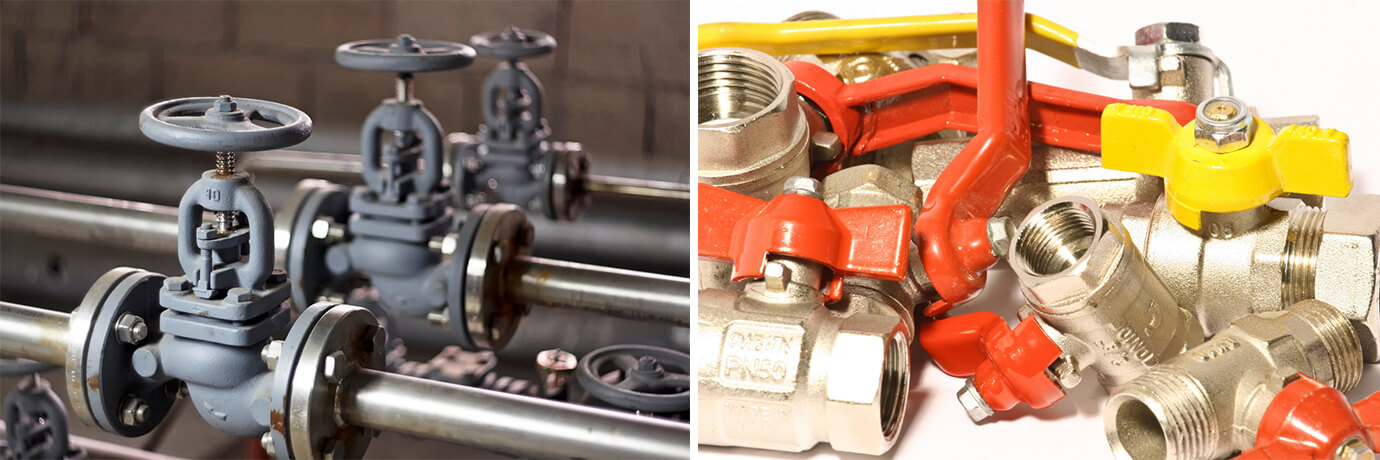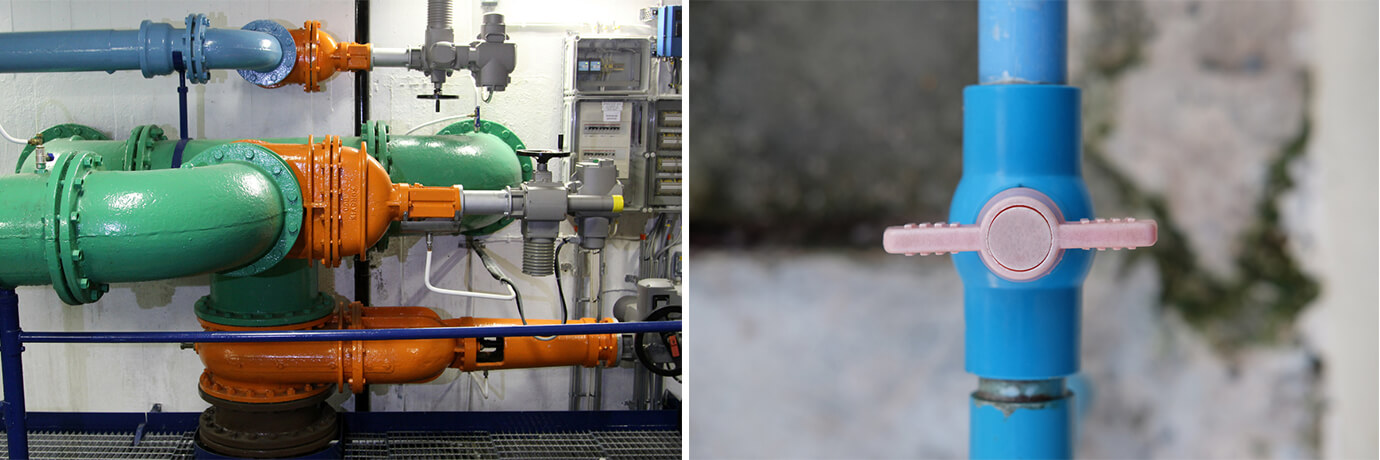What are the options for valve surface coatings?
What are the characteristics of each?
Corrosion is one of the most important elements causing damage to valves and valve corrosion protection is an important issue to consider in valve protection. For metal valves, the treatment of surface coating is the best protection method in terms of cost effectiveness.
The role of surface coatings on metal valves
Shielding:
After the metal surface is coated, the metal surface is relatively separated from the environment, and this protective effect can be called shielding. However, it must be pointed out that a thin layer of paint cannot play an absolute shielding role. Because polymers have a certain degree of permeability, when the coating is very thin, its structure is porous so that water and oxygen molecules are free to pass through. Soft seal valves have strict requirements for the thickness of the epoxy coating on the surface. It can be seen that for many coatings the values are greater than for uncoated steel surfaces.
In order to improve the impermeability of the coating, anti-corrosion coatings should be selected from film-forming substances with small permeability and solid fillers with large shielding properties, while the number of coating layers should be increased so that the coating reaches a certain thickness and is dense and non-porous.

Corrosion inhibition:
With the help of the internal components of the paint and metal reaction, so that the metal surface passivation or generate protective substances to improve the protective effect of the coating used for special requirements of the valve must pay attention to the paint composition, so as not to cause serious adverse effects.
In addition, used for oil pipeline cast steel valves, in some oil under the action and metal soap under the role of catalytic degradation products generated, but also can play the role of organic corrosion inhibitors.
Electrochemical protection:
Electrochemical corrosion under a film is formed when the medium penetrates the coating and comes into contact with the metal surface. The use of metals with higher activity than iron as fillers in the coating, such as zinc Will play the role of sacrificial anode protection, and zinc corrosion products are salt-based zinc chloride, zinc carbonate, it will fill the voids of the film, so that the film is close, and the corrosion is greatly reduced, extending the service life of the valve.

Coatings often used on metal valves
Valve body epoxy resin coating
Has the following characteristics:
(1)Corrosion resistance
The epoxy coated steel has good corrosion resistance and the bond strength with the concrete is significantly reduced, making it suitable for working conditions in wet environments or aggressive media.
(2)High adhesion
The presence of polar hydroxyl groups and ether bonds inherent in the sub-chain of epoxy resins makes them highly adhesive to various substances. The low shrinkage of the epoxy resin during curing results in low internal stress and makes the protective surface coating less likely to peel off and fail.
(3)Electrical properties
The cured epoxy resin system is an excellent insulating material with high dielectric properties and resistance to surface leakage and arcing.
(4)Mould and mildew resistance
The cured epoxy resin system is resistant to most moulds and can be used in harsh tropical conditions.
(5)Valve plate nylon plate material
Nylon plates are extremely resistant to corrosion and are used successfully in many applications such as water, slurry, metallurgical products and desalination.
(6)Outdoor resistance
The nylon sheet coating has passed salt spray tests and has not flaked off after more than 25 years of immersion in seawater, so there is no corrosion to metal parts.
(6)Abrasion resistance
Very good resistance to physical damage.
(7)Impact resistance
There is no sign of flaking under strong impacts.
(8)Carbon steel valve plate zero treatment
It is used as a primer before painting to improve the adhesion and corrosion resistance of the paint film and as a friction-reducing lubricant in metal cold working processes.